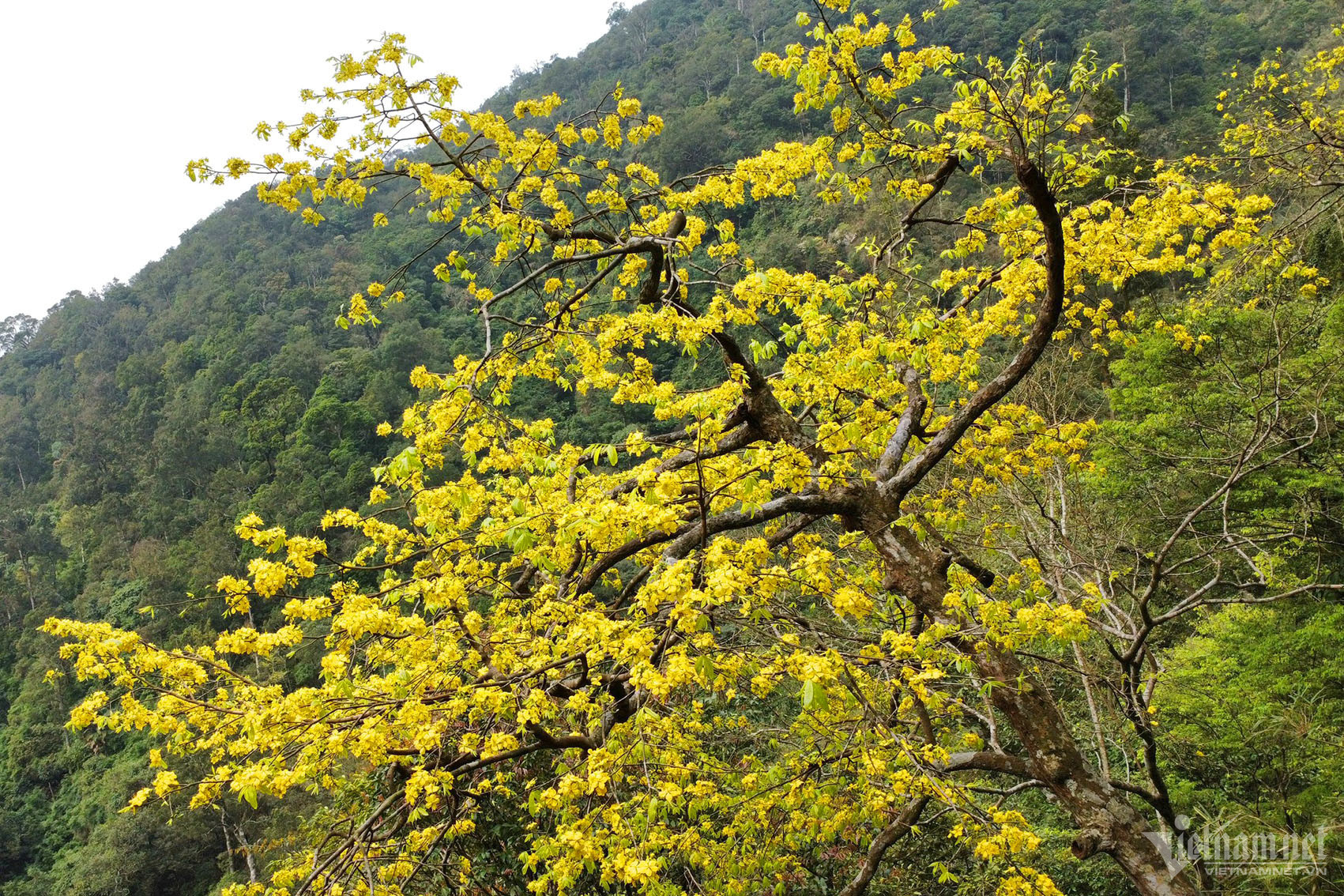
Every March, ancient yellow apricot trees bloom together in the vast Yen Tu mountain range, Uong Bi City, Quang Ninh , creating a rare scene.
The ancient yellow apricot trees were planted during the reign of Emperor Tran Nhan Tong. After hundreds of years, the yellow apricot trees have become a large ancient apricot forest, many of which are over 15m tall on steep cliffs.
The ancient mai forest is currently under the management of the Yen Tu Special National Relic Site. This type of mai usually does not bloom during the Lunar New Year, but only two months after Tet does the mai trees here begin to bloom their first flowers.
At this time, a series of apricot trees shed all their old leaves, replaced by the bright yellow color of millions of flowers blooming in clusters.
Yen Tu yellow apricot trees are mainly concentrated in the To Tower area, Hoa Yen Pagoda, Vang Waterfall, Bac Waterfall. Each tree is numbered for management and care.
Some images of Yen Tu yellow apricot blossoms blooming throughout the mountains and forests:
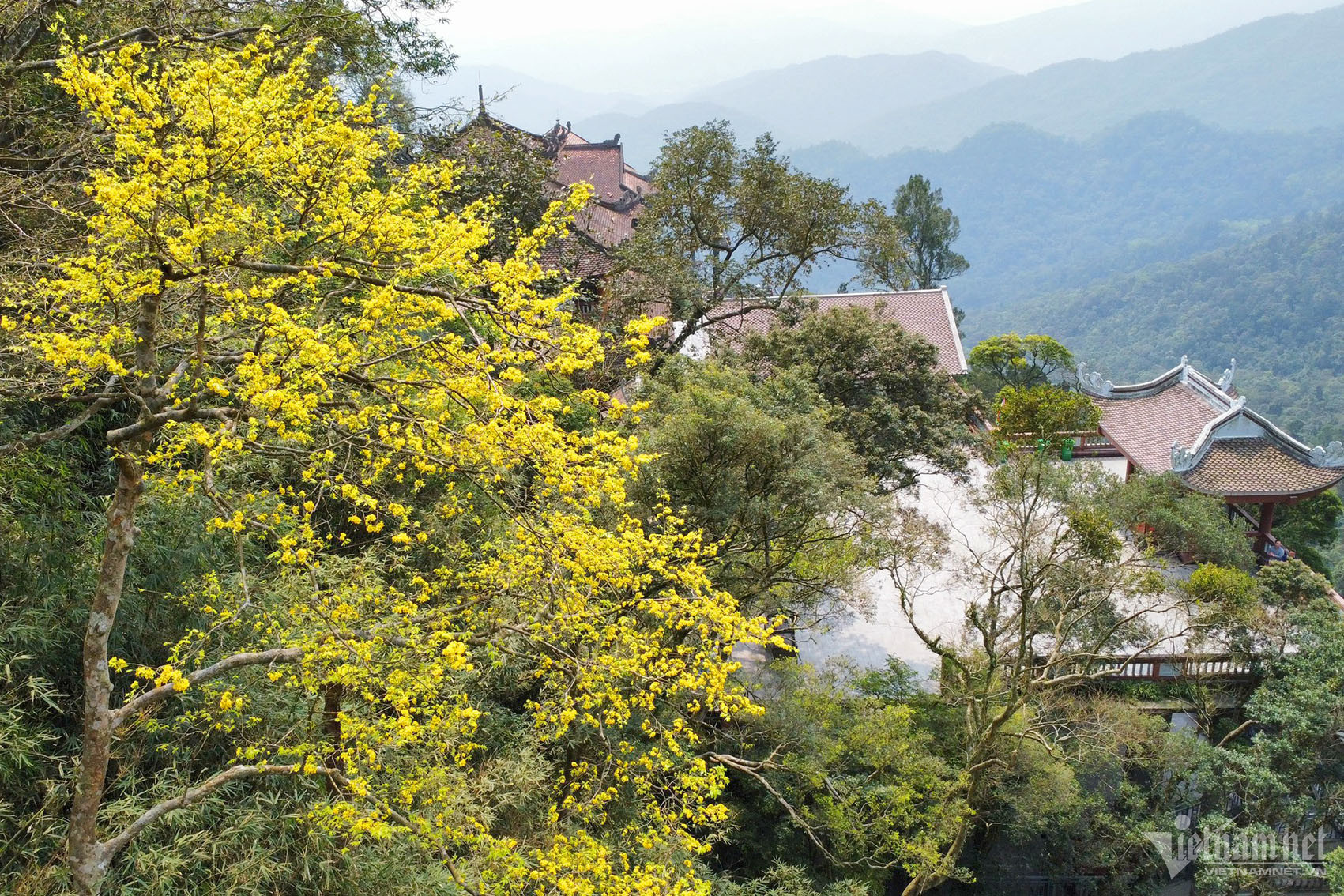
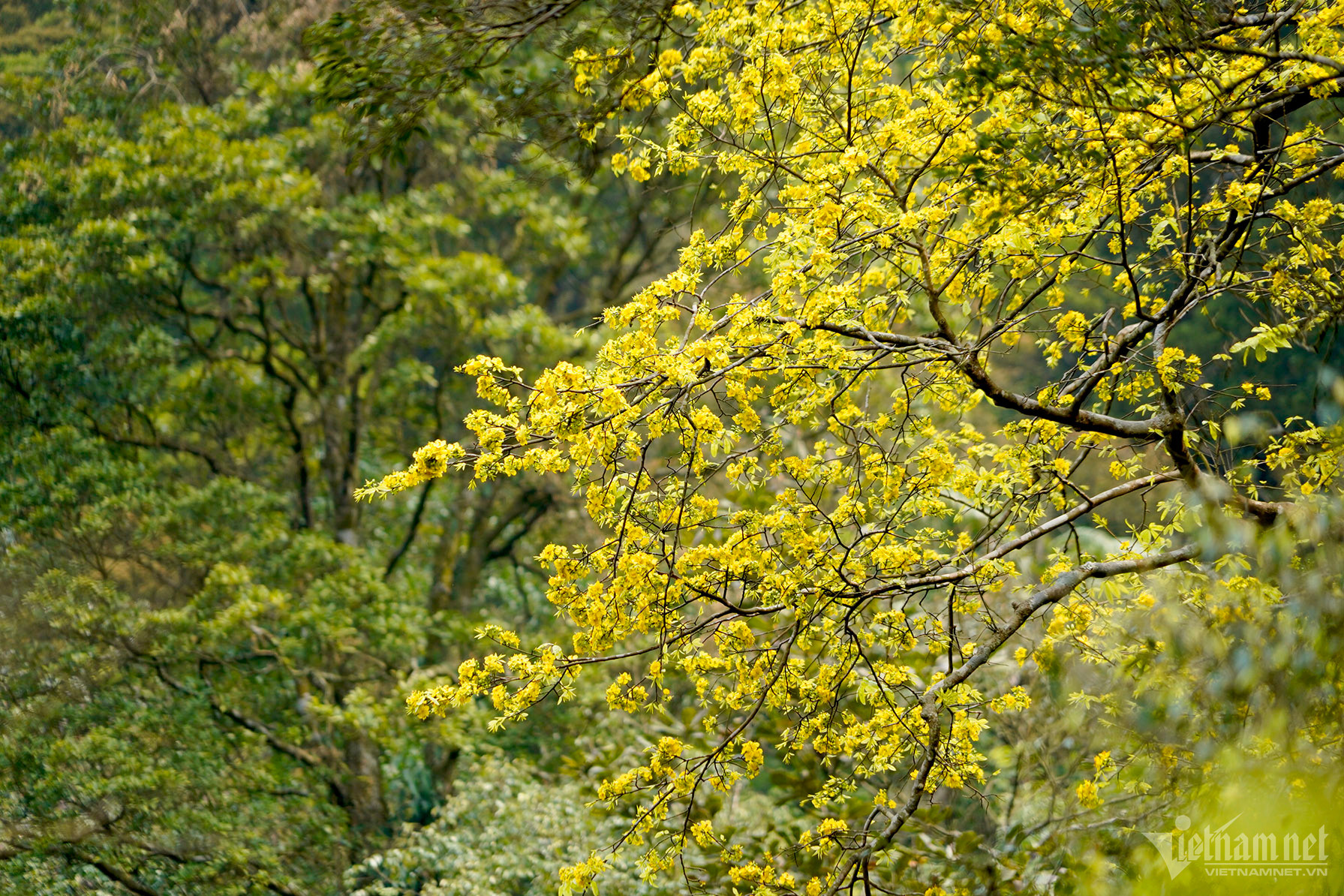
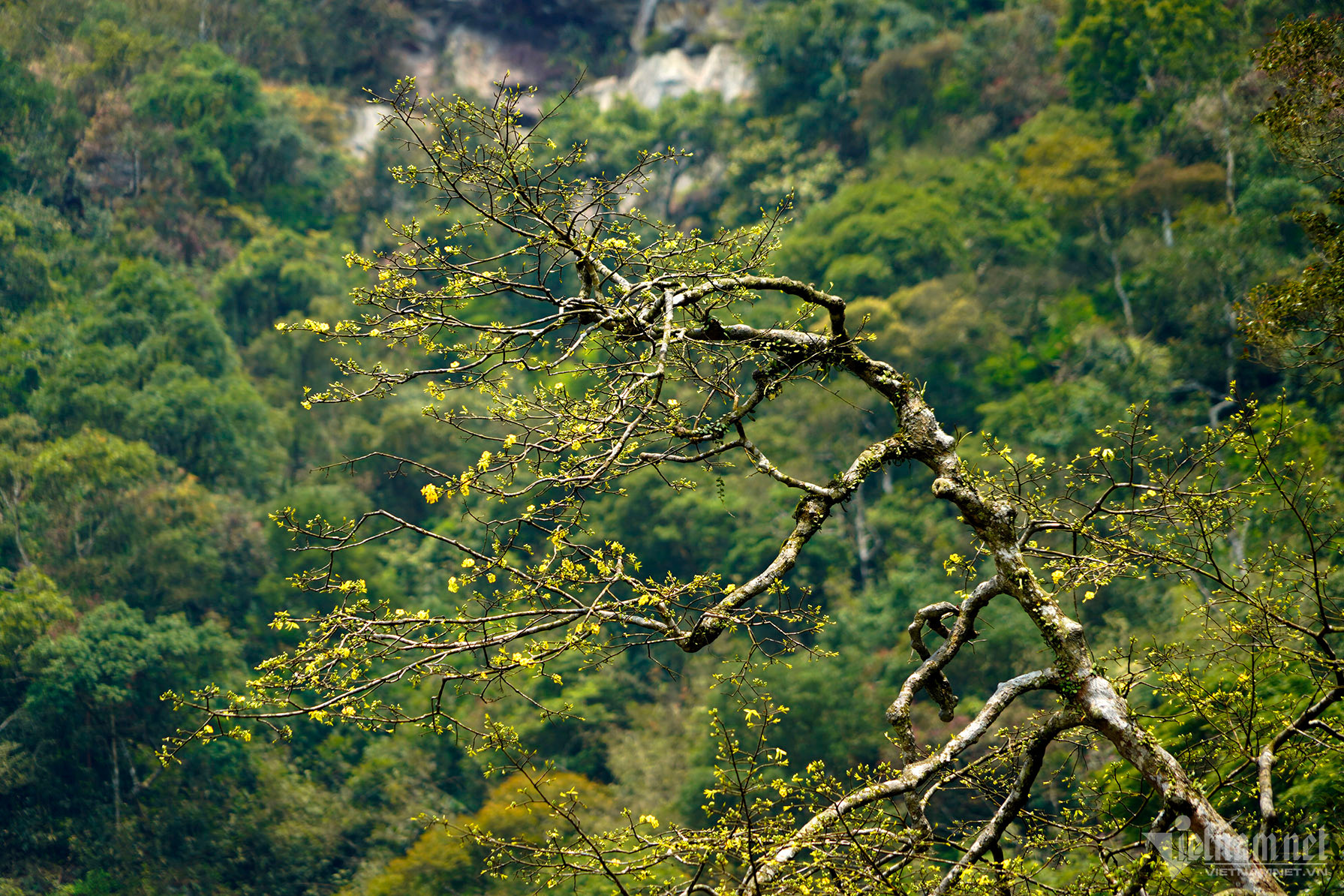
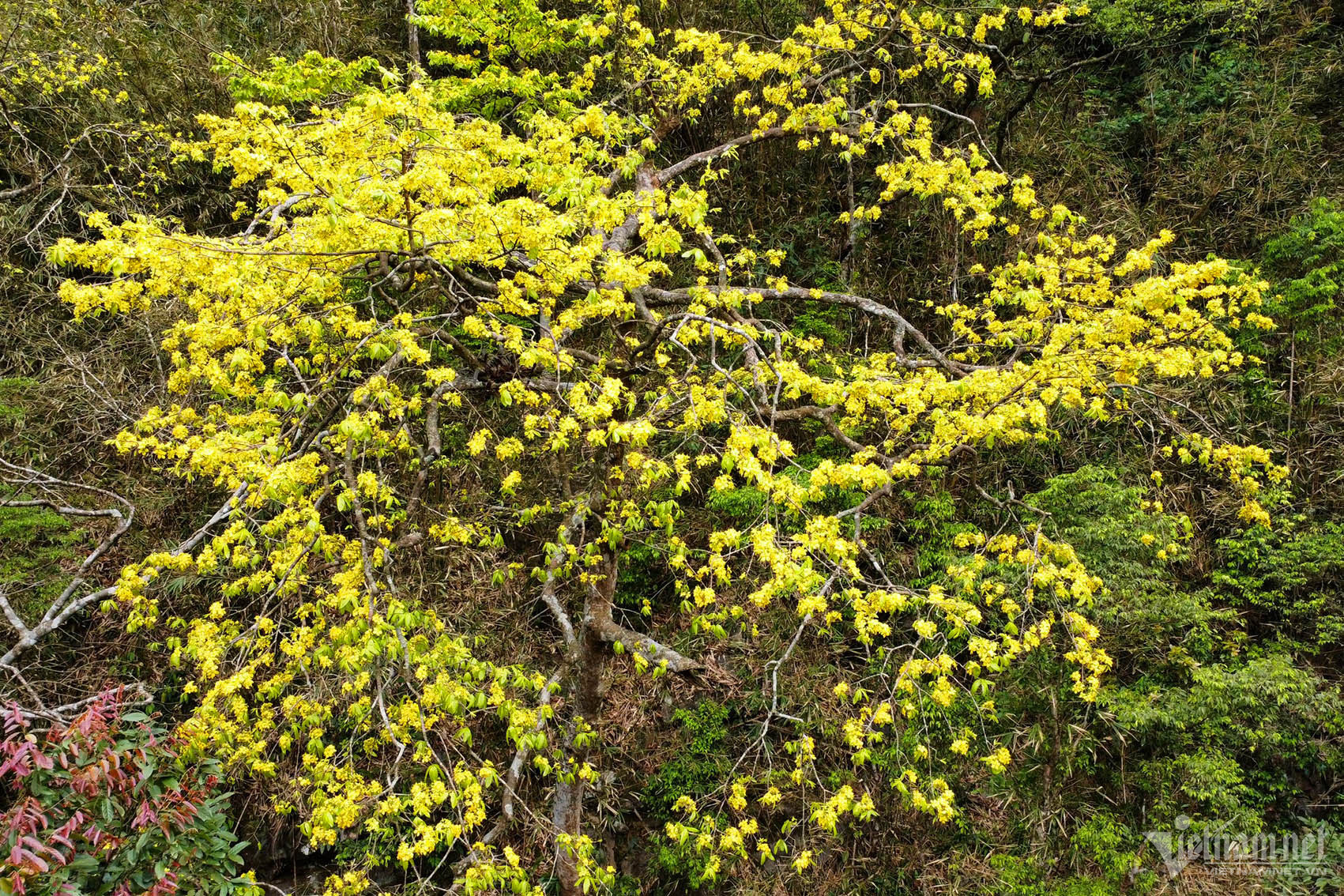
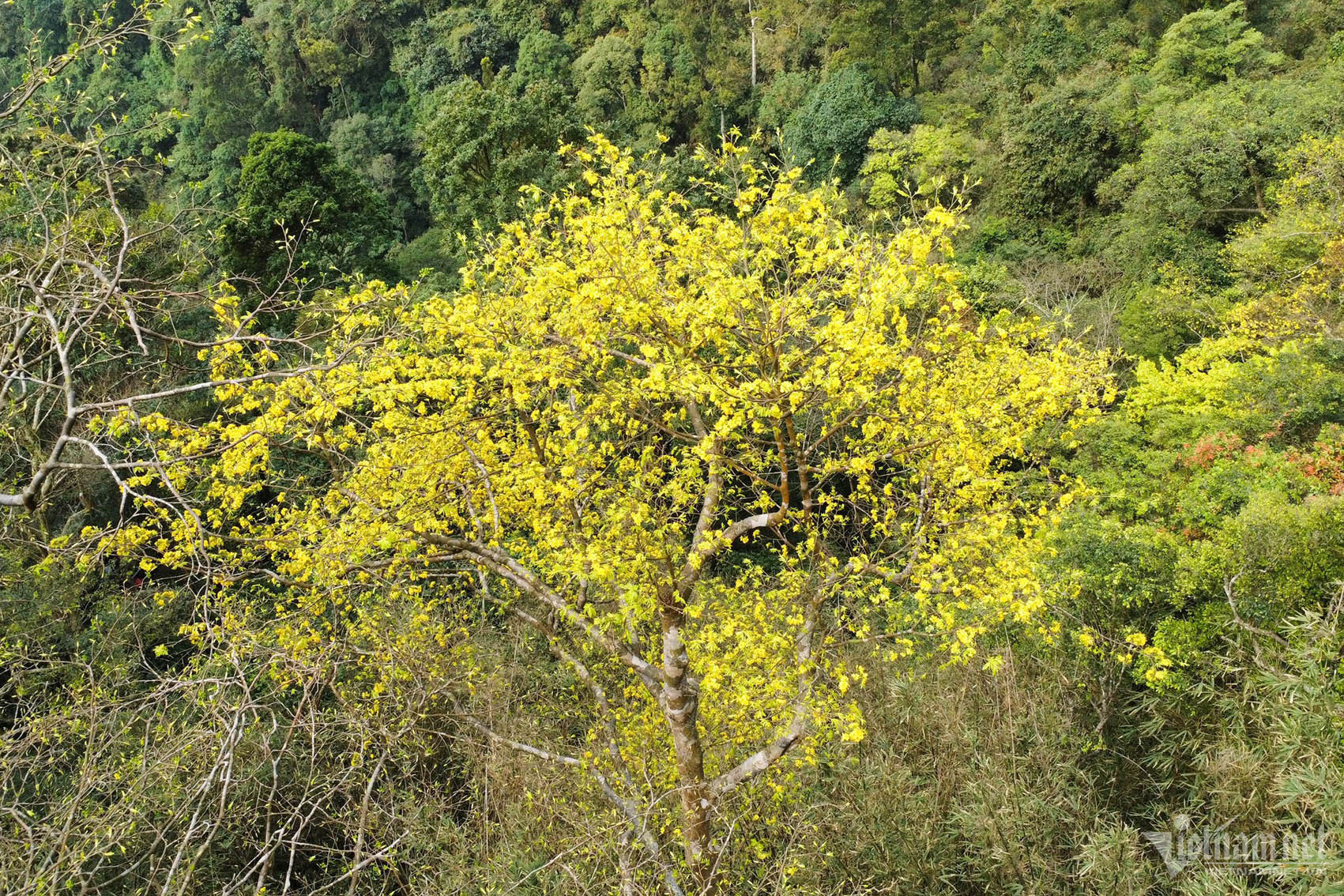
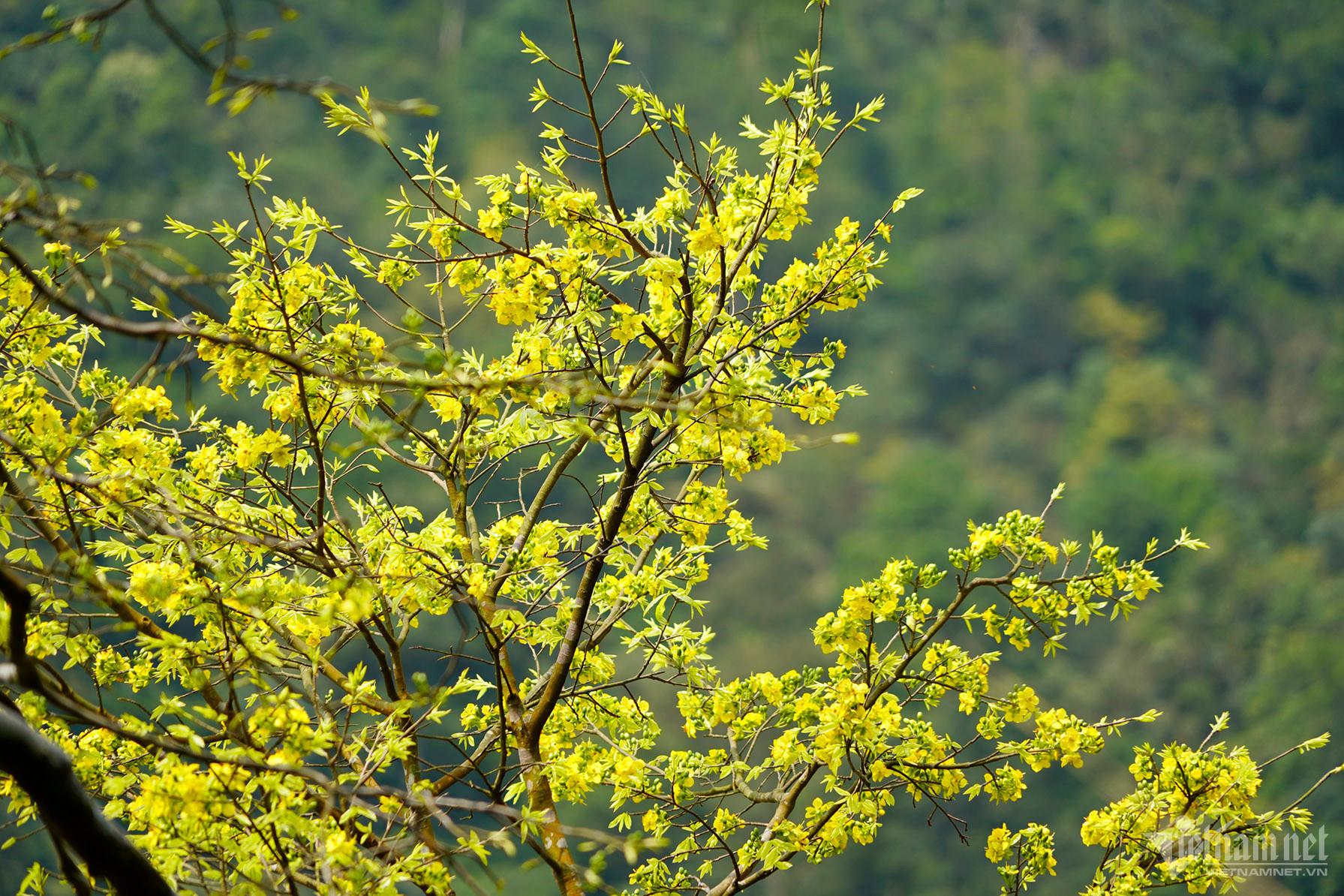
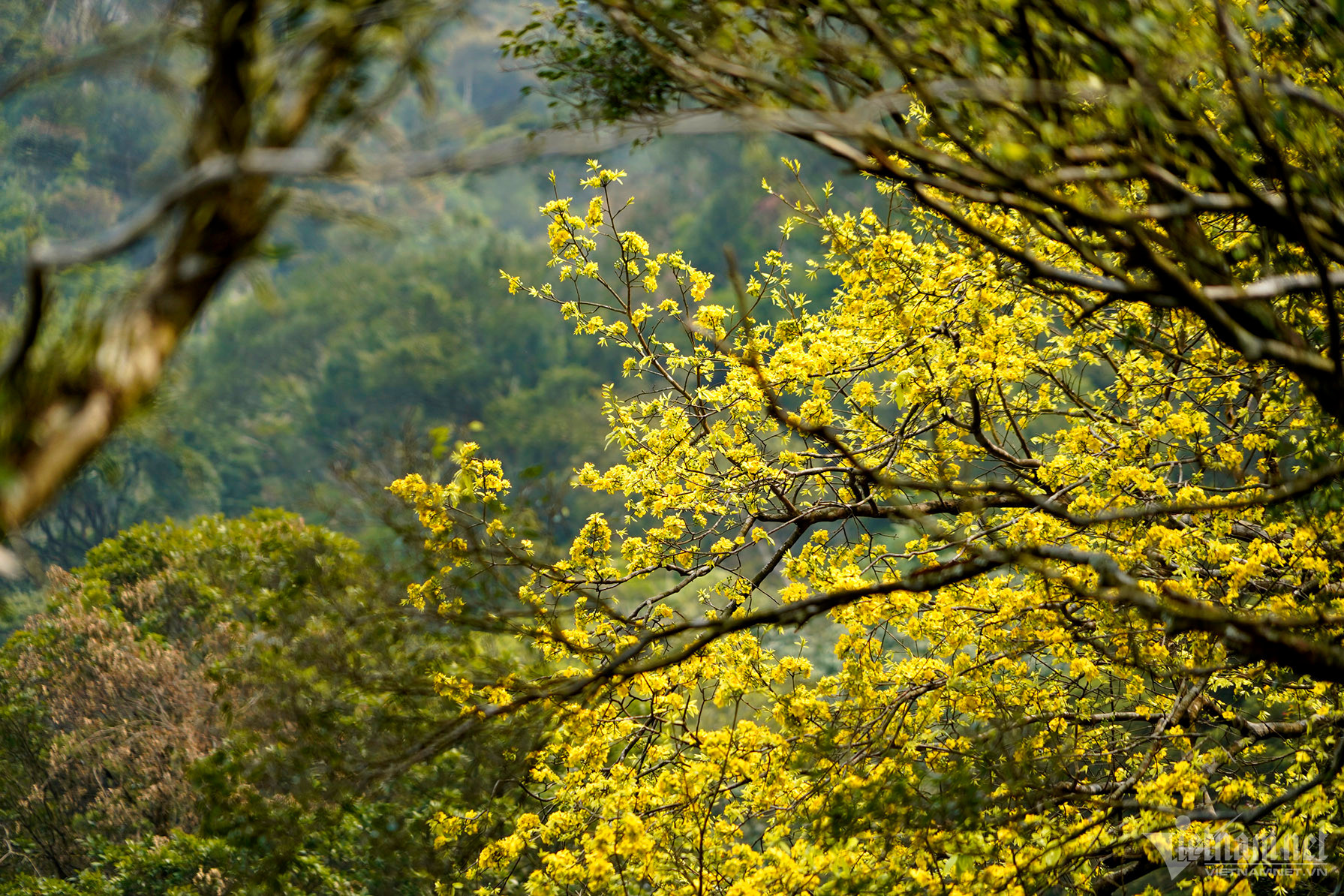
The ancient yellow apricot tree is a flower species endemic to the sacred Yen Tu mountain. Legend has it that more than 700 years ago, when King Tran Nhan Tong came to Yen Tu to practice, he and other Buddhist followers planted the first yellow apricot trees here.
After hundreds of years, the yellow apricot trees have become a large ancient apricot forest, many trees are over 15m high on steep cliffs.
According to the inventory data of the Yen Tu National Forest and Monument Management Board, there are currently 268 yellow apricot trees growing at an altitude of over 500m above sea level. In particular, in the old forest, there are 20 apricot trees over 100 years old that are recognized as heritage trees.
Source



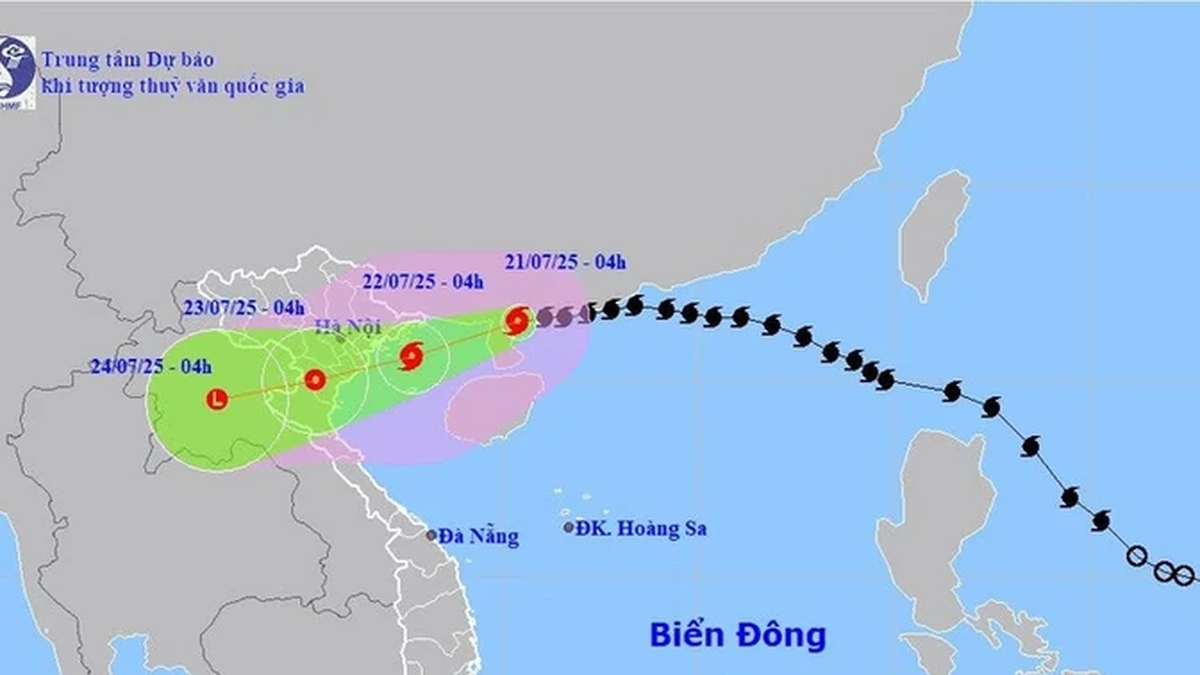



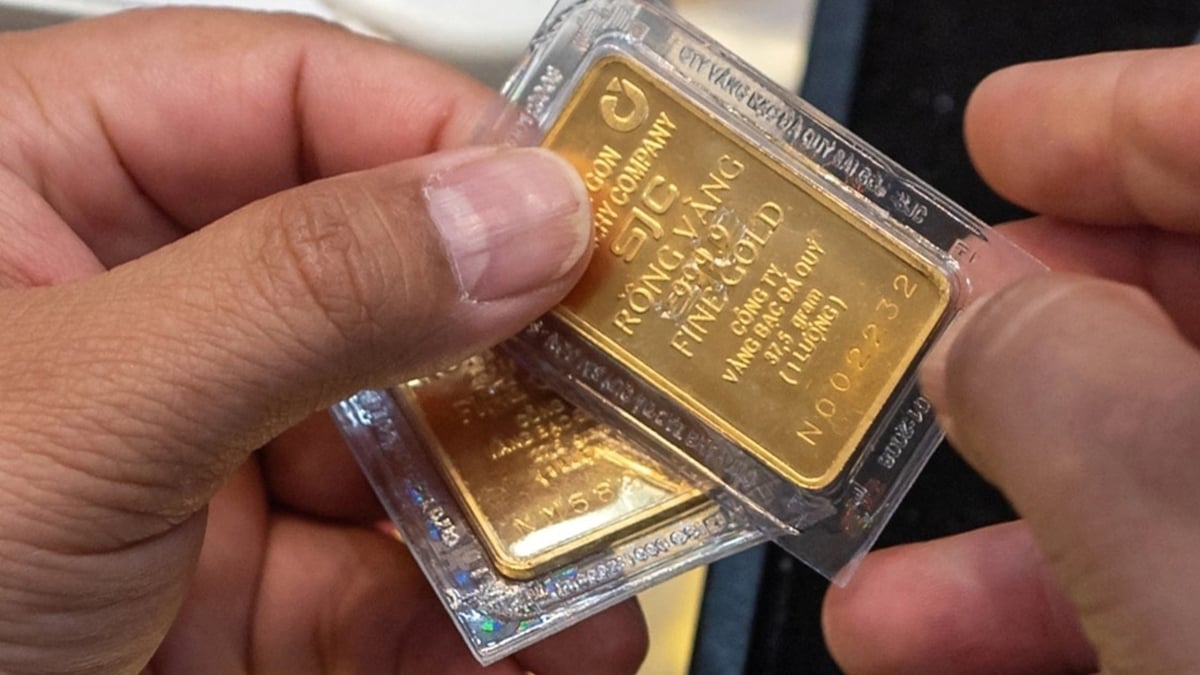


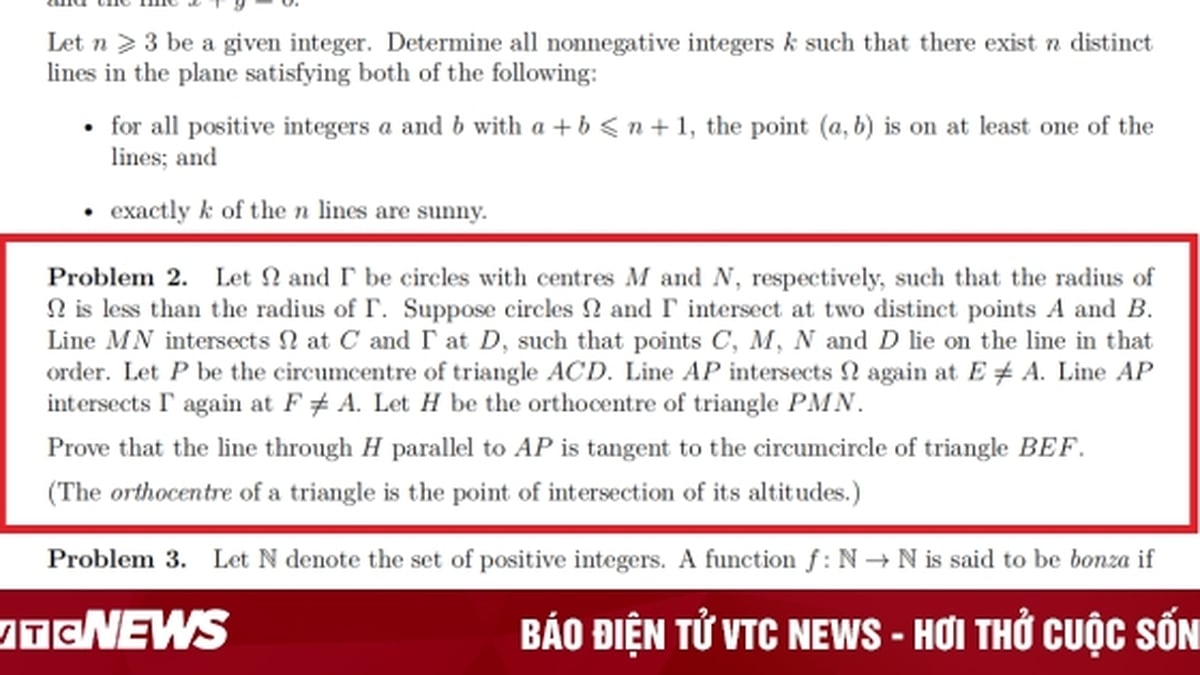














![[Photo] National Assembly Chairman Tran Thanh Man visits Vietnamese Heroic Mother Ta Thi Tran](https://vphoto.vietnam.vn/thumb/1200x675/vietnam/resource/IMAGE/2025/7/20/765c0bd057dd44ad83ab89fe0255b783)


































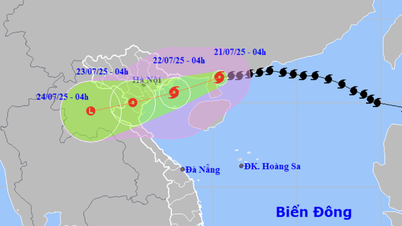




































Comment (0)